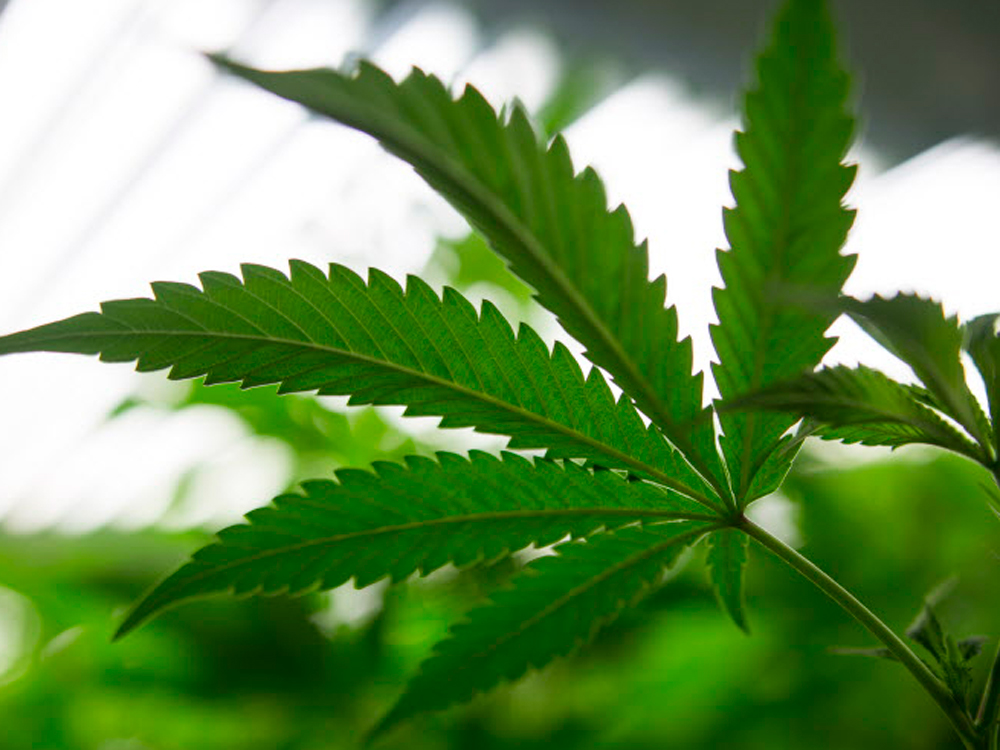CBD, or cannabidiol, is a naturally occurring compound found in the cannabis plant. It is one of over 100 cannabinoids present in cannabis. CBD is typically derived from two main sources:
Hemp: Hemp is a variety of the cannabis plant that is specifically cultivated for industrial purposes and contains very low levels of THC (tetrahydrocannabinol), another prominent cannabinoid known for its psychoactive effects. CBD derived from hemp is legal in many places and is commonly used in various products, including oils, tinctures, capsules, creams, and more.
Marijuana: Marijuana is another variety of the cannabis plant that can contain varying levels of THC and CBD. Depending on the strain and cultivation methods, marijuana can have higher CBD content in addition to THC. However, marijuana-derived CBD might be subject to legal restrictions in some regions due to its association with THC and potential psychoactive effects.
CBD is often extracted from the plant material and then processed into various products for consumption. It’s important to note that CBD products derived from hemp should contain less than 0.3% THC by legal definition in the United States, ensuring that they do not produce significant psychoactive effects. Always check the legal regulations and product labels in your jurisdiction when considering CBD products.
The extraction process of CBD
The extraction process of CBD (cannabidiol) involves removing this compound from the cannabis plant and isolating it for various uses, such as in medicinal products, supplements, and topical applications. There are several methods of CBD extraction, each with its own advantages and disadvantages. Here are some common extraction methods:
Solvent Extraction:
- In this method, a solvent (usually a liquid substance like ethanol, butane, propane, or isopropyl alcohol) is used to dissolve the CBD and other cannabinoids from the plant material.
- The solvent is then evaporated, leaving behind a concentrated CBD extract.
- This method is relatively simple and cost-effective, but it may result in residual solvents in the final product if not properly purged.
CO2 Extraction (Supercritical Carbon Dioxide Extraction):
- CO2 extraction is a popular method that uses pressurized carbon dioxide to extract CBD and other cannabinoids.
- CO2 in its supercritical state acts as a solvent, allowing for the selective extraction of cannabinoids without the need for potentially harmful chemicals.
- This method is considered safe and efficient, producing a high-quality CBD extract.
Olive Oil Extraction:
- This method involves using olive oil to extract CBD and other compounds from the plant material.
- The plant material is heated with olive oil to extract the cannabinoids.
- While this method is safe and doesn’t require specialized equipment, the resulting extract is perishable and less concentrated than other methods.
Steam Distillation:
- Steam distillation is a traditional method that uses steam to separate the CBD oil from the plant material.
- The steam causes the CBD oil to evaporate, and it is then collected and condensed into a liquid.
- While this method is gentle and can preserve some of the plant’s volatile compounds, it is less efficient for extracting CBD compared to newer methods.

Hydrocarbon Extraction:
- Hydrocarbon solvents like propane or butane are used to extract CBD and other cannabinoids.
- This method is efficient but requires careful control to ensure that no residual solvents are left in the final product.
After the initial extraction, the resulting CBD-rich extract may undergo additional processing to remove impurities, waxes, and other unwanted compounds. The final product is typically a concentrated CBD oil that can be used in various applications.
It’s important to note that the choice of extraction method can impact the quality, purity, and safety of the CBD extract. Reputable manufacturers will use rigorous testing and quality control measures to ensure that their products are free from harmful contaminants and meet regulatory standards.
